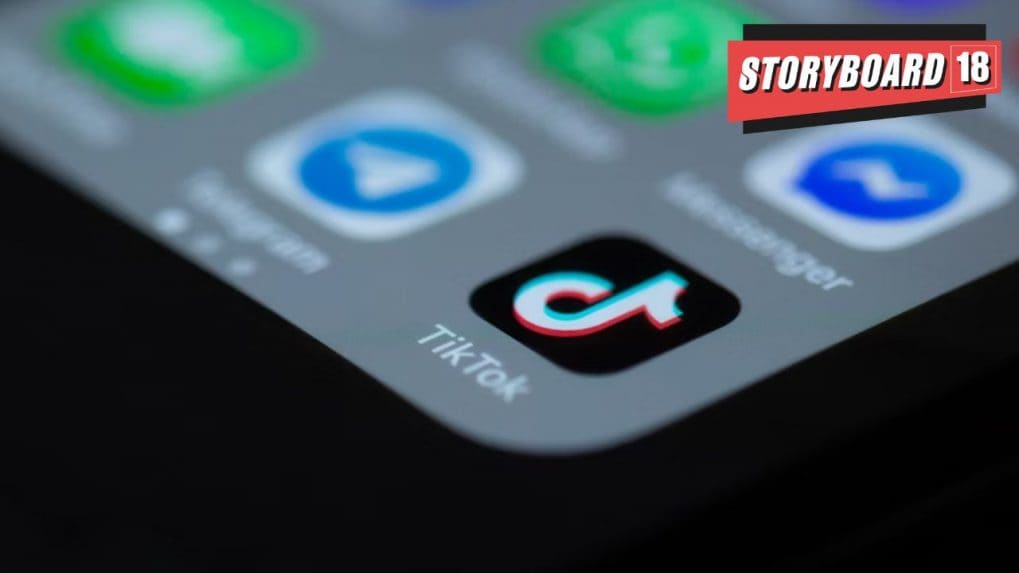TikTok remains banned in India – but what if it returned?
TikTok remains banned in India, but its legacy still fuels debate on how a return could reshape the creator economy.
ADVERTISEMENT
Creators from Tier-2 and Tier-3 cities will never tire of expressing their gratitude toward TikTok. The platform offered them a stage to shine while the sun was out. TikTok not only enabled swift virality for creators—often focusing on comedy, lip-sync, dance, culture, and more—but also enhanced their financial standing through sponsored content, promotional events, and cross-platform cross-promotion.
Some of the most renowned names to emerge include Faisal Shaikh (Mr. Faisu), Avneet Kaur, Jannat Zubair, Awez Darbar, and Arishfa Khan.
In 2020, following a military standoff between Indian and Chinese troops in the Galwan Valley, the Indian government banned TikTok—along with 58 other Chinese apps—citing national security and data privacy concerns.
With TikTok gone, several Indian short-video platforms—including ShareChat’s Moj, Roposo, Chingari, Takatak, Josh, Zee5’s Hipi, and Gaana HotShots—rose to prominence but struggled to replicate the charm and cultural resonance that TikTok embodied.
Recently, ByteDance’s TikTok posted two job openings on LinkedIn for its Gurugram office: a Bengali Content Moderator and a Wellbeing Partnership & Operations Lead. The move sparked speculation about a possible return. However, TikTok clarified that the app remains banned and inaccessible to Indian users. India's IT minister also recently confirmed that TikTok is not coming back to India.
That said, industry voices continue to debate what the influencer marketing landscape might look like if TikTok were ever to make a comeback.
If TikTok were to return: How might the influencer marketing game change?
Anirudh Sridharan, co-founder and head of product at HashFame, says, “If TikTok returns, the influencer playbook will have to stretch. Creators will need to relearn the TikTok language - it’s less about polish and more about pace and personality. What works on Reels or Shorts won’t be plug-and-play.”
He notes that during its Indian tenure, TikTok empowered brands to experiment with micro-budgets across numerous creators and required minimal production value. After TikTok's exit, that shifted to fewer creators with more structured deliverables on Instagram.
TikTok brought visibility to creators from Tier-2 and Tier-3 cities through language, tonality, culture, and relatability. After the ban, many either went quiet or moved to TikTok-like platforms that couldn’t sustain themselves. Though Reels offered a fallback, it took time for creators to rebuild that deep connection.
Vaibhav Gupta, co-founder and CPO of KlugKlug, points out that TikTok offered multiple monetization avenues—including creator funds, tipping, livestream gifting, commerce, and compelling brand CPMs. It often outperformed other platforms in terms of virality economics. He underscores that what was lost most with TikTok’s exit was its unique For-You Page (FYP) virality and local creator economy.
Sahiba Dhandhania, CEO of Confluencr, says that India lost its fastest, most affordable discovery engine when TikTok was banned—one that once boasted 120–150 million MAUs and around 600 million installs, and served as a “culture factory” for mass trends.
Following TikTok’s ban, India became Instagram’s largest market, and YouTube deepened its reach - now covering over 450 million ad-reachable users. In TikTok’s absence, creators with 10,000–50,000 followers gained traction by producing regional, niche content like local food, fashion, and home hacks. Regional brand collaborations surged, allowing creators to monetize and gain visibility, she adds.
Aman Narula, COO, Mad Influence, adds, “The rise of regional influencers and localized content built more trust among consumers than traditional ads, making Tier-2 and Tier-3 cities a burgeoning frontier for influencer marketing investments.”
Dhandhania says in its absence, creators adapted by multi-homing—using Reels for reach and brand deals, Shorts and long-form for deeper monetization, and WhatsApp/Telegram for community. Regional-language content surged (85–90%), leading to improved content quality and diversified income channels (branded content, rev-share, affiliates, live events).
Sridharan adds, “TikTok had a deeply addictive algorithm, creator-first energy, and a raw, local feel that no clone could match. Most alternatives focused on scale, not depth; creators didn’t see enough monetization or momentum to stick around.”
Narula observes that TikTok clones failed because they merely imitated features without adapting to local user behavior. Heavy competition from Instagram Reels and YouTube Shorts made it hard to cultivate lasting trust or cultural relevance.
Aditya Gurwara, head of brand alliances at Qoruz, remarks that platforms like Moj and Josh couldn’t sustain momentum—product experiences stagnated, and creators didn’t see the long-term potential. While Instagram Reels and YouTube Shorts provided new playgrounds, they altered the rules—forcing creators to up their production and storytelling game.
Dhandhania highlights that YouTube offers pathways from Shorts to long-form and live content, while Instagram brings culture, DMs, and collaborations. “Shorts has more than 2 billion monthly viewers, and Reels dominates Instagram usage. Yet, they couldn’t replicate the ease with which TikTok made people feel they could ‘just start.’”
Gurwara notes, “Content often became platform-first rather than creator-first—even without TikTok.”
The hypothetical return
Despite the government’s clear stance that TikTok is not coming back, industry experts continue to outline potential scenarios—ranging from creator monetization to brand strategy - should it ever return in the future.
Before the ban, TikTok campaigns blended creator partnerships and hashtag challenges with low production costs. Post-ban, budgets shifted to Instagram and YouTube with higher expectations for polish. Industry leaders suggest that if TikTok ever re-entered, it could once again disrupt budgets and formats, particularly in regional markets.
For now, TikTok remains firmly banned in India, with the government confirming there is no proposal to reinstate the app. But the platform’s cultural legacy and the continued “what if” discussions underline its enduring impact on India’s creator economy. Even in absence, TikTok continues to shape conversations about how creators, brands, and audiences engage in the short-video era.
Read More: TikTok quietly hiring in India: Is a comeback on the cards?
Read More: TikTok ban in India still stands, company clarifies after brief website access
Read More: ByteDance plans $330 billion employee buyback amid TikTok US sale pressure

